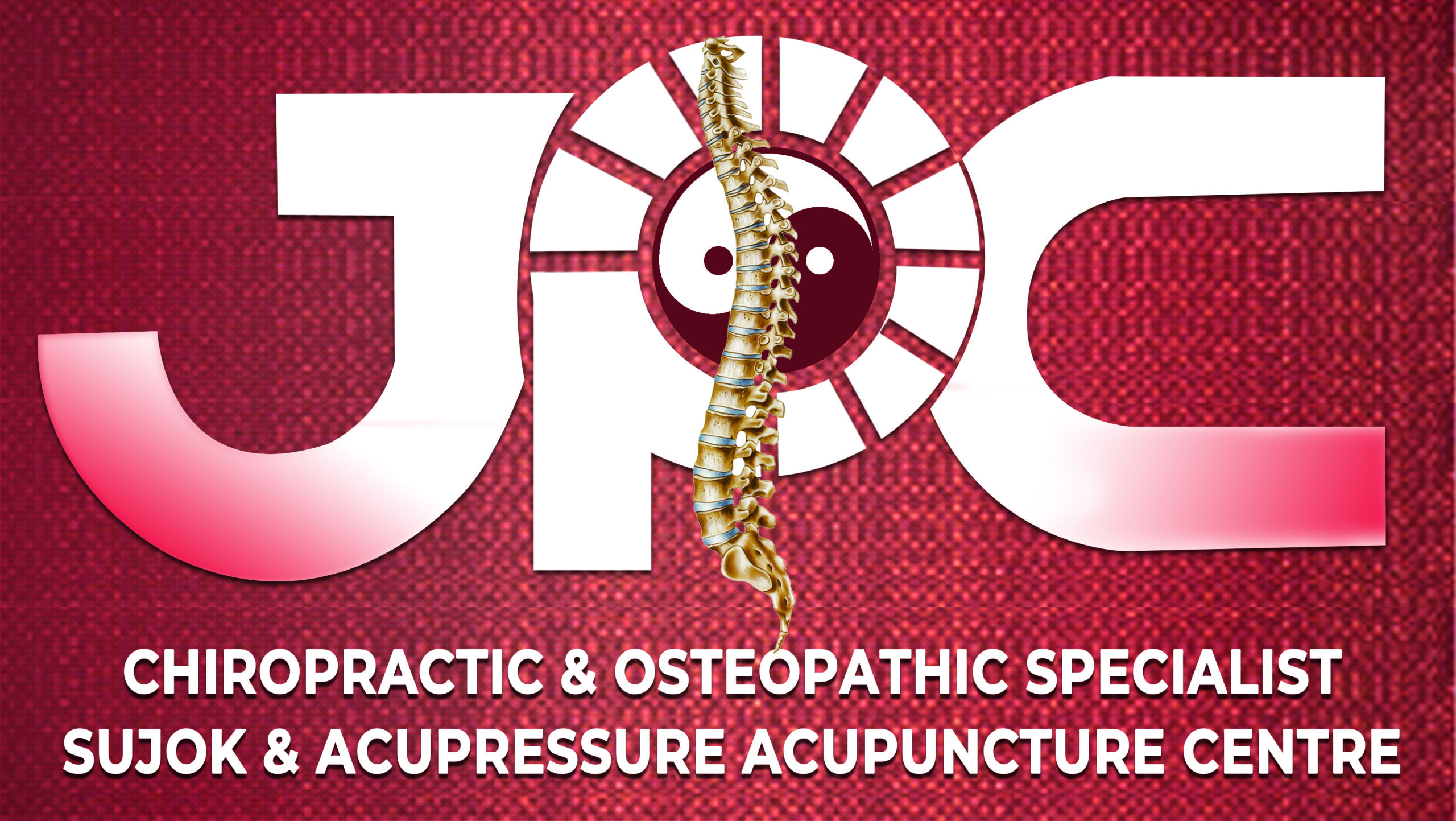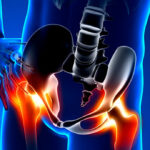**Long and Short Legs:**
1. Introduction to Long and Short Legs:
– Definition and description of long and short legs.
– Understanding the concept of leg length discrepancy.
– Common causes and factors contributing to long or short legs.
2. Leg Length Discrepancy:
– Definition and measurement of leg length discrepancy.
– Structural leg length discrepancy: Difference in bone length between the legs.
– Functional leg length discrepancy: Difference due to factors such as pelvic tilt or muscle imbalances.
3. Causes and Risk Factors:
– Congenital conditions: Developmental abnormalities or birth defects affecting leg growth.
– Injuries or fractures: Trauma to the leg bones or joints affecting growth.
– Infections or diseases: Bone infections or conditions affecting bone growth.
– Musculoskeletal disorders: Conditions like scoliosis or hip dysplasia affecting leg alignment.
– Surgical procedures: Surgeries that involve the legs or pelvis.
4. Symptoms of Long and Short Legs:
– Physical asymmetry: Noticeable difference in leg length when standing or walking.
– Gait abnormalities: Changes in walking pattern or limping.
– Back, hip, or knee pain: Discomfort due to altered posture and biomechanics.
– Muscle imbalances: Weakness or tightness in muscles due to compensation.
5. Diagnosis of Long and Short Legs:
– Medical history and physical examination.
– Measurement of leg lengths using specialized tools.
– Imaging studies (X-rays, CT scan, MRI) to assess bone and joint alignment.
6. Treatment Options:
– Non-Surgical Treatment:
– Shoe lifts or heel raises: Placing a lift inside the shoe to equalize leg length.
– Orthotic devices: Custom-made shoe inserts to correct biomechanical imbalances.
– Physical therapy exercises: Strengthening and stretching exercises to address muscle imbalances.
– Pain management techniques: Medications, heat or cold therapy, and other modalities to manage discomfort.
– Surgical Treatment (in severe cases or functional leg length discrepancy):
– Epiphysiodesis: Surgical procedure to slow down or stop growth in the longer leg.
– Limb lengthening: Surgical procedure to lengthen the shorter leg using external or internal devices.
– Joint replacement or reconstruction: In cases of severe joint damage or deformity.
7. Rehabilitation and Self-Care:
– Following the recommended treatment plan provided by healthcare professionals.
– Regular monitoring and adjustment of shoe lifts or orthotic devices.
– Compliance with physical therapy exercises and home exercise programs.
– Maintaining a healthy lifestyle to support overall musculoskeletal health.
– Seeking prompt medical attention for any new symptoms or concerns.
8. Lifestyle Modifications:
– Using appropriate footwear with adequate support and cushioning.
– Practicing good posture and body mechanics during activities.
– Engaging in low-impact exercises and activities that promote overall fitness.
– Avoiding activities that put excessive stress on the legs or joints.
– Consulting with healthcare professionals regarding sports or physical activities.
It’s important to note that the information provided here is for educational purposes only and should not replace medical advice. If you suspect you have a leg length discrepancy or are experiencing related symptoms, it’s crucial to consult with a healthcare professional for accurate diagnosis, personalized advice, and appropriate treatment options.




